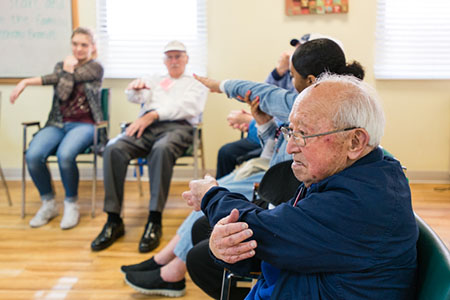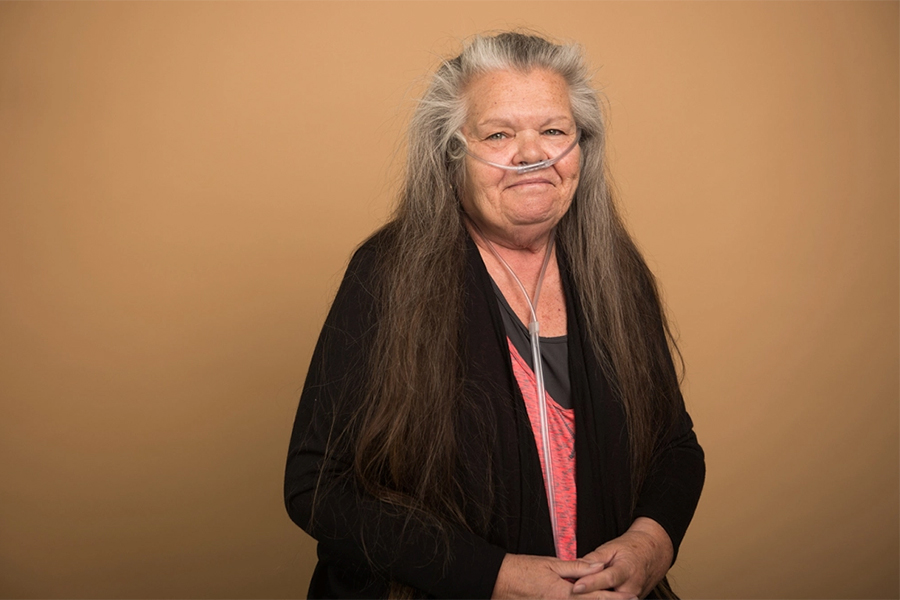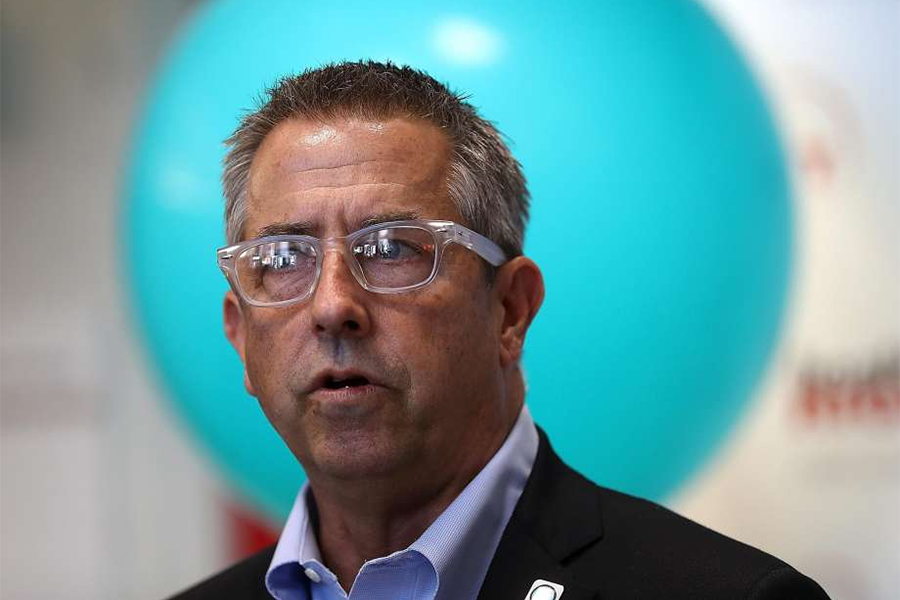California Is Expanding Care Options for Boomers With Dementia — But Still Falling Short of the Need – By David Gorn for KQED
Rob Lyman of Redwood City didn’t know what to do. He was helping his aunt, Sharron Evans, who had early-onset Alzheimer’s disease and needed constant supervision. A former teacher, she had run out of money and had no income.
She qualified for government health care assistance, but it appeared she’d have to go to the only setting that would be covered: a nursing home.
“Basically that’s a hospital setting, and that was our only choice,” Lyman said. To him, that didn’t make sense.
“My aunt just needed a safe place to be; there was nothing physically wrong with her,” Lyman said. “She didn’t need that level of care. It’s inappropriate. It costs the state a lot of money. But this is what people do. That’s the default choice.”
The Baby Boomers are aging. By the end of the next decade, 11.1 million Californians will be 60 or older, and the number of people 85 and over will jump 37 percent, to the 1 million mark, according to state officials. One in six Americans is expected to develop dementia, and care can be expensive enough to force even middle-class families into poverty and onto the public payroll.
For low-income seniors who can’t afford care at home and don’t want or need the full medical services of a nursing facility, the state’s few options aren’t enough to meet demand. A middle-ground choice — assisted living — requires special permission under government rules and is available to fewer than 4,000 Californians, although state health officials and lawmakers are both proposing increases. Taxpayers currently pick up the more expensive nursing-home tab for more than 20,000 people who may not need it, by one advocate’s estimate.
Evans, now 69, was lucky enough to land a permitted spot in a Sacramento-area assisted-living home after nearly a year’s wait. The cost didn’t matter much to her or Lyman because it was paid by Medi-Cal, the state’s version of the federal Medicaid program for the poor. The lower price tag for assisted living saves the state money, while also providing a more home-like setting and the right level of care.






















